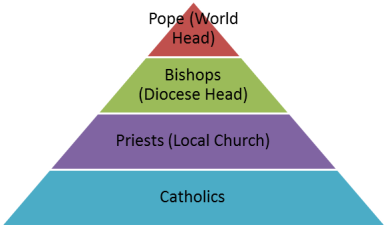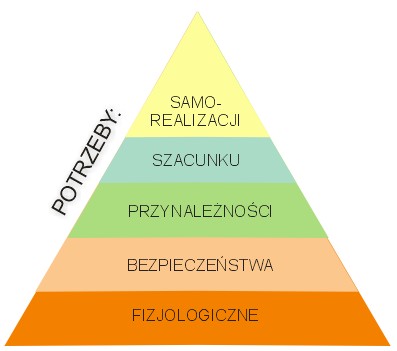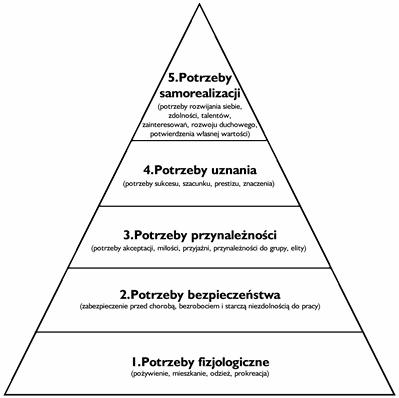

Eventually, the image of man, created in the image of God ( ad imaginem suam Footnote 4) and attaining his supreme happiness in the Visio Dei by rising through a hundred cantos, is seen but not heard by his words in the strange geometry of the Trinity. Dante characterized the figures with the help of natural symbolism Footnote 3 enshrined in tradition, adapting it to the theological concept of the otherworldly “triple empire” that directly indicated the judgment.The created world is not only hieratic, but hierarchical in all its parts: the dark heavy metals in the depths of the earth are drawn to Lucifer, while the shining gold that reflects the light is drawn toward the height.

The Middle Ages constructed another universe above the existing one, in which reality-based elements could be partially freed from their experiential constraints and freely used and combined for the sake of the message. By discovering this, not only can the divine intention be somewhat known, but it becomes a generally applicable means of characterizing the world and man in it.

For example, the smile ( riso) of Sapienza (and Beatrice) has a theological content: it means a conviction of truth ( persuasione, understanding) ( Convivio 3.15.1).Įvery part of the created world, which is considered to be the effect or work of God, carries moral content Footnote 2, is a signum. The authenticity of the representation of the moment is ensured by concrete objects, expressions and movements with a symbolic meaning and by the natural environment itself. Besides moving into an otherworldly time that will certainly not bring real change, it may be Dante’s moral philosophy that causes the unusually great significance of visuality. History, the process of time, the “gate of the future” la porta del futuro (Inf.10.108) is here closed forever time as an opportunity is lost, the otherworldly existence of souls has shrunk into a single moment, and time only opens backwards as a painful-nostalgic memory of the past. Beyond poetic talent, Dante’s unrivalled power to make his readers see images can be explained by his theological poetics. The difference or contrast between succession and juxtaposition (simultaneous visibility in space) in general explains the distance of literary works from the visual ideals and specifically, the proximity of the Commedia to these. The Father is in motion because, along with the world and man, He also creates himself in contrast with the “outsider” claim of ego dominus et non mutor he is also part of the “concert”.

The answer may be found in the Platonic theology and cosmology of Ficino’s Academy, which is the continuation of the Christian trend represented by Dionysius the Areopagite and Eriugena. How sacred geometry (the circles of the Trinity) is transformed into a vigorous old man, who directs the events of the creation like an aerial acrobat. It seeks an answer to the question of how the representations of God can nevertheless be radically different in the Commedia and the ceiling fresco of the Sistine Chapel. The paper discusses a new aspect of this influence. Already in his lifetime (and with his knowledge), the literature began to thoroughly explore the influence of his predecessor on Michelangelo’s sculptures, paintings and poems. In his time, Michelangelo was considered one of the best-qualified Dante-experts. Among many other factors, one reason for this was the experience of shared Florentine pride and destiny. Dante was exempt from the 15–16th century Renaissance humanists’ general distrust of the medieval heritage.


 0 kommentar(er)
0 kommentar(er)
